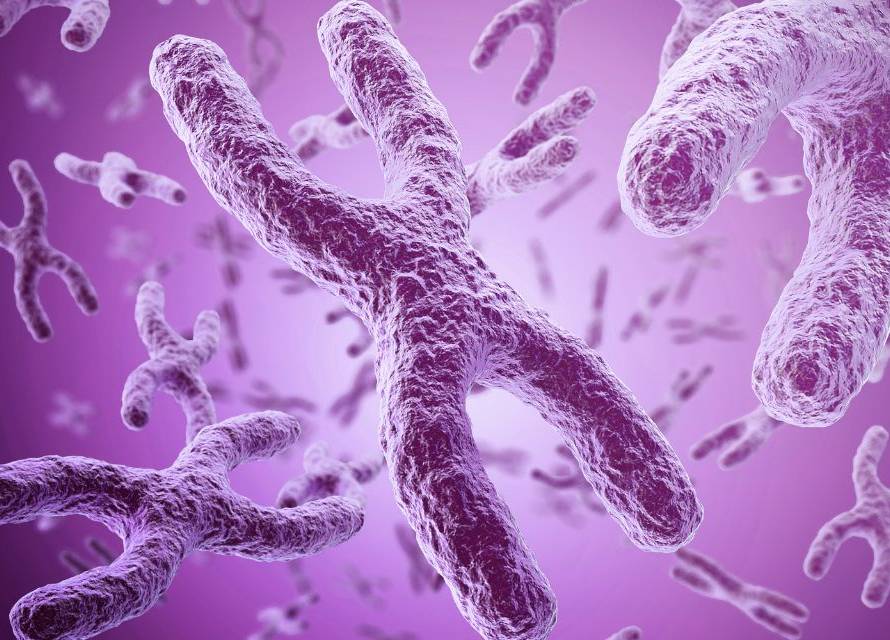A recent study by Vallabh and colleagues, published on Springer (February 2025), offers a look of the beneficial properties of Dalbergia sissoo. The research focuses on isolating active isoflavones and evaluating their potential to combat the signs of aging.
Dalbergia sissoo: a natural source of isoflavones
Dalbergia sissoo, a plant traditionally used in Ayurvedic medicine, is known for its therapeutic properties. It is commonly employed in treating osteogenic effects, pain relief and various other diseases. However, the main therapeutic compounds in Dalbergia sissoo, the isoflavones and isoflavone glycosides, have long been recognized for their antioxidant, anti-inflammatory and anti-aging properties.
This study aimed to isolate and purify these compounds from the leaves of Dalbergia sissoo (DSL) and evaluate their potential to combat the physiological effects of aging.
Isolating isoflavones: a simple and effective method
The study used a straightforward, yet effective method to isolate these bioactive compounds from the leaves of Dalbergia sissoo. Using preparative reversed-phase high-pressure liquid chromatography, the researchers were able to separate seven distinct compounds from the ethanolic extract of the plant. The prep-RP-HPLC technique was chosen for its high selectivity, reproducibility, and ability to produce clean chromatograms, ensuring the purity of the isolated compounds, which exceeded 95%.
This method of isolation is advantageous for scaling up production and offers a feasible path for future studies and potential industrial applications of these compounds.
In silico evaluation: assessing anti-aging potential
Once the isoflavones were isolated, the researchers turned to in silico (computer-based) modeling to evaluate the anti-aging potential of the compounds. In silico studies are a crucial step in drug discovery, allowing researchers to predict how a compound interacts with specific proteins in the body. For this study, the researchers targeted several key enzymes involved in aging-related processes: Hyaluronidase, Collagenase, Tyrosinase and Elastase.
The most important compounds founded are biochanin-A derivatives and several unique glucosides: DS2 and DS3. These were subjected to docking studies, that revealed encouraging results.
This study paves the way for future research into the therapeutic uses of Dalbergia sissoo and the application of its isoflavones in skincare and aging-related treatments. As natural remedies continue to gain popularity, Dalbergia sissoo offers a promising, eco-friendly alternative to conventional synthetic compounds in the battle against aging.


